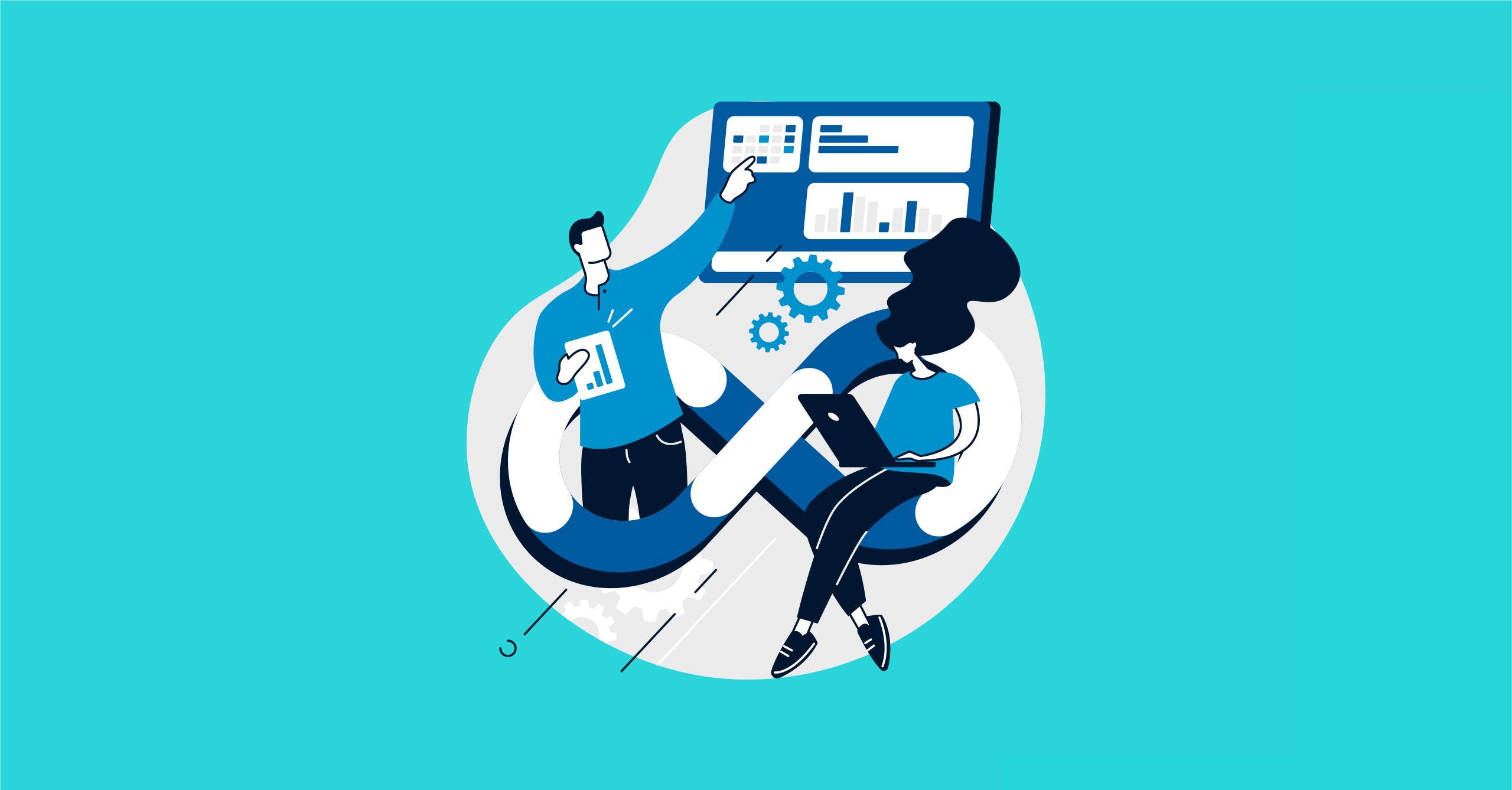In the modern digital ecosystem, IT is no longer a support function — it’s a core enabler of business success. Yet, without a structured governance system, even the most advanced technologies can lead to inefficiencies, risks, and compliance challenges. IT Governance provides a structured framework to ensure that every IT decision, investment, and process aligns with organizational objectives and delivers measurable value.
📖 In this guide, we’ll explore what an IT governance framework is, the most common models used worldwide, and how to choose the right one for your organization.

What Is an IT Governance Framework?
An IT Governance Framework is a structured model that defines how an organization manages and controls its information technology resources. It provides clear guidelines for decision-making, accountability, and performance monitoring to ensure IT investments deliver strategic business value.
These frameworks are developed by global authorities like ITIL and ISO, offering a combination of principles, standards, and best practices to help organizations manage risks, ensure compliance, and optimize technology performance.
In today’s digital era, IT governance increasingly overlaps with AI governance, ensuring that both traditional IT systems and artificial intelligence initiatives operate responsibly, securely, and in alignment with business goals.
Key Elements of an Effective IT Governance Framework
A solid IT governance model rests on several core components that define how technology decisions are made, managed, and measured.
1. Policy and Process Frameworks
Policies outline what must be done and why, while processes define how to do it. For example, a security policy might require regular software updates, and procedures specify who performs them and when.
2. Roles and Accountability
Clear role definitions ensure everyone knows their responsibilities — from executives shaping strategy to teams managing daily operations. This alignment prevents overlap and improves decision-making.
3. Risk Oversight
Effective governance includes identifying, assessing, and mitigating IT-related risks. Regular reviews, data protection measures, and recovery plans help maintain stability and resilience.
4. Compliance Management
Frameworks ensure adherence to regulations such as GDPR or ISO standards. Ongoing audits and documentation maintain transparency and reduce legal or operational risks.
5. Performance Measurement
KPIs — like uptime, incident response, or cost efficiency — help track IT’s value to the business. Continuous evaluation drives improvement and supports long-term goals.
When these elements function together, organizations gain control, consistency, and measurable business impact from their IT operations.
Common IT Governance Frameworks for Modern Organizations
Every organization has unique goals, structures, and compliance needs — which means there’s no single “best” IT governance model. Below are two of the most widely used and effective frameworks that help modern businesses maintain control, efficiency, and security.
ITIL (Information Technology Infrastructure Library)
Focus: Service Management and Operational Optimization
ITIL is one of the most established frameworks for IT Service Management (ITSM), designed to align IT services with business outcomes. It promotes standardization, service quality, and continuous improvement across IT operations.
Core Components:
- Service Strategy: Define how IT can deliver measurable business value.
- Service Design: Create efficient, scalable, and user-centric service models.
- Service Transition: Manage system or process changes with minimal disruption.
- Service Operation: Oversee daily performance and ensure service reliability.
- Continual Improvement: Use performance data to refine services and processes.
Implementation Tips:
Start by mapping business goals to IT service objectives. Build processes based on ITIL’s lifecycle model, introduce structured change and incident management, and adopt a culture of ongoing optimization to sustain long-term value.
SPIDYA ITSM seamlessly aligns with ITIL principles, offering a unified platform for incident, problem, and change management. It’s supported by Cheetah Low-Code Development and AI-driven automation enhances service delivery, reduces manual workload, and ensures IT operations remain agile and compliant.
By integrating ITIL best practices with SPIDYA’s intelligent workflows, organizations achieve higher service quality, faster resolution times, and measurable business value.
Ready to optimize your IT governance with SPIDYA ITSM?
ISO/IEC 27001 — Information Security Management System (ISMS)
Focus: Information Protection and Risk Control
ISO/IEC 27001 is a globally recognized standard for establishing a systematic approach to information security. It ensures that sensitive data — both digital and physical — is safeguarded through clearly defined policies, controls, and audits.
Core Components:
- Information Security Management: Build a formal ISMS that protects assets across all systems.
- Risk Assessment: Identify and prioritize potential threats to data confidentiality and integrity.
- Compliance Assurance: Ensure adherence to laws, contracts, and industry standards.
How to Select the Best IT Governance Framework for Your Business?
Choosing an IT governance framework is a strategic move, not a checklist exercise. It determines how effectively technology decisions support your organization’s long-term direction. Below are the most important aspects to evaluate before making your choice:
1. Define Organizational Vision and IT Alignment
Start by identifying what success truly means for your business. Factor in your organization’s scale, growth ambitions, and risk appetite. The framework you adopt should strengthen your company’s overall vision, not just optimize IT operations.
2. Understand Regulatory and Industry Obligations
Every industry has its own compliance expectations — especially regulated fields like finance, government, or healthcare. Make sure the framework you select aligns with the standards and legal requirements that apply to your sector and region.
3. Analyze and Compare Available Frameworks
Explore different frameworks such as COBIT, ITIL, and ISO/IEC 27001. Review implementation guides, white papers, and success stories to understand how each approach has been used in real-world scenarios and what tangible results they’ve delivered.
4. Test Before Full Adoption
Rather than implementing everything at once, start with a pilot phase in a limited area — such as one department or service domain. Use that experience to refine workflows, address gaps, and confirm the framework’s suitability for wider rollout.
5. Monitor, Measure, and Evolve
Establish clear performance indicators (e.g., service uptime, compliance adherence, reduced incident frequency) and continuously evaluate results. Governance is never static — the framework should evolve as your business, technologies, and risks change.


